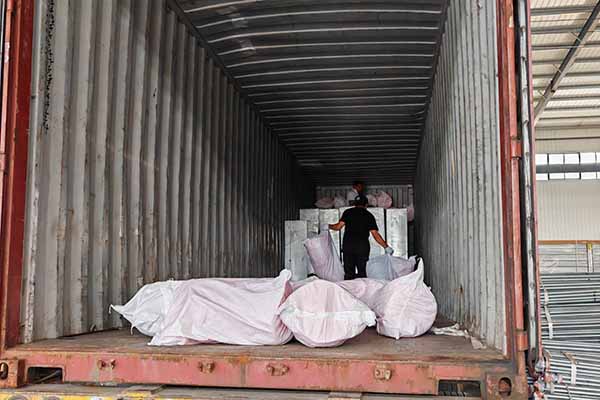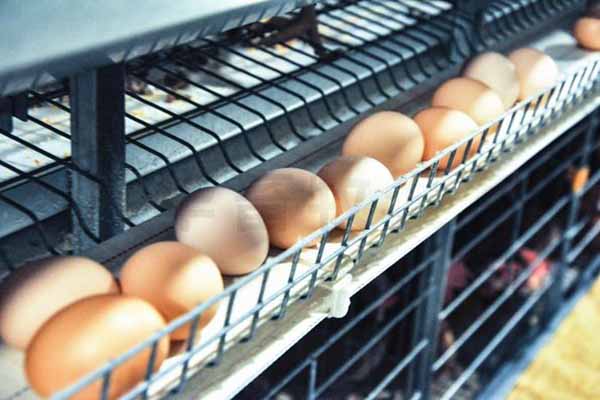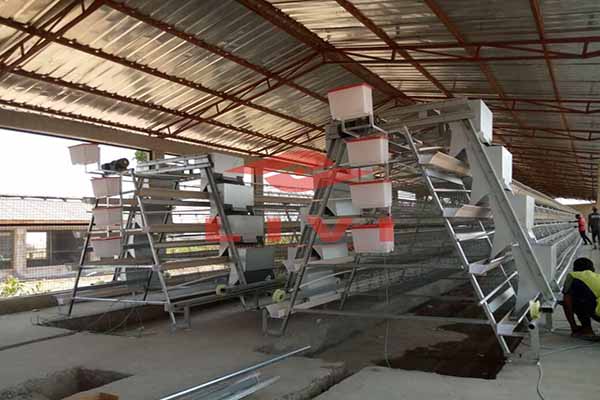Environmental Control Equipment for 10,000 Chicken Houses in Tanzania: A Comprehensive Guide
Time : 2025-04-27
As the demand for poultry products continues to rise in Tanzania, so does the need for efficient environmental control systems in chicken houses. With a massive scale of 10,000 chicken houses, proper equipment is crucial to ensure the health and productivity of the poultry. In this article, we’ll dive into the key aspects of environmental control equipment suitable for such a large-scale operation, with a focus on cost-effectiveness, sustainability, and performance.
Understanding the Challenges
Operating 10,000 chicken houses comes with its own set of challenges, mainly related to maintaining an optimal environment for the chickens. Factors like temperature, humidity, CO2 levels, and air quality play a pivotal role in the well-being of the birds. Let’s break down these challenges and how to tackle them effectively.
Temperature Control
Chickens are sensitive to temperature changes, and extreme heat or cold can lead to stress, reduced growth rates, and even death. To maintain a stable temperature, it’s essential to invest in reliable heating and cooling systems. In Tanzania, where temperatures can be quite high, effective cooling solutions are non-negotiable.
Consider installing evaporative coolers that use water to lower the air temperature. These systems are energy-efficient and can significantly reduce the temperature inside the chicken houses, creating a more comfortable environment for the birds.
Humidity Regulation
High humidity can promote the growth of mold and bacteria, leading to respiratory issues in chickens. Conversely, low humidity can lead to dehydration and discomfort. A good humidity control system is necessary to keep the environment balanced.
Humidifiers can be used to increase humidity, while dehumidifiers can help reduce it. The key is to find a balance that keeps the humidity levels within an optimal range, usually between 45% and 65%.
CO2 Levels
High CO2 levels can be detrimental to chickens, causing respiratory distress and reduced growth rates. Monitoring and controlling CO2 levels are crucial for the health of the poultry.
Installing CO2 monitors and ensuring proper ventilation can help maintain safe CO2 levels. It’s important to have a system that can automatically adjust ventilation based on the CO2 levels detected.
Air Quality
Contaminated air can lead to respiratory diseases and other health issues in chickens. A good air filtration system is essential to remove dust, dander, and other particles from the air.
HEPA filters are effective at capturing fine particles and can be installed in the ventilation system. Regular maintenance and filter replacements are crucial to ensure the system remains efficient.
Selecting the Right Equipment
When selecting environmental control equipment for 10,000 chicken houses, it’s important to consider the following factors:
Scalability
As the operation grows, the equipment should be able to scale up accordingly. Look for systems that can be easily expanded or integrated with other components.
Energy Efficiency
Energy costs can be significant, especially in a large-scale operation. Opt for energy-efficient equipment that can reduce operating costs over time.
Reliability
The equipment should be durable and reliable, with minimal downtime for maintenance or repairs.
Cost-Effectiveness
While quality is important, it’s also crucial to find a balance between cost and performance. Look for equipment that offers the best value for money.
Implementation and Maintenance
Once the equipment is selected, the next step is to implement and maintain it effectively. Here are some tips to ensure the system operates at its best:

Professional Installation
Ensure that the equipment is installed by qualified professionals who understand the specific needs of your operation.
Regular Maintenance
Set up a maintenance schedule to ensure that all components are functioning properly. Regular cleaning and filter replacements are essential for optimal performance.
Monitoring and Adjustment
Use monitoring systems to keep an eye on tempe rature, humidity, CO2 levels, and air quality. Adjust the system as needed to maintain the optimal environment for the chickens.
rature, humidity, CO2 levels, and air quality. Adjust the system as needed to maintain the optimal environment for the chickens.
Conclusion
Environmental control equipment is a vital component of any large-scale pou ltry operation in Tanzania. By carefully selecting and maintaining the right equipment, you can create a healthy and productive environment for your chickens, leading to better growth rates, higher yields, and overall success.
ltry operation in Tanzania. By carefully selecting and maintaining the right equipment, you can create a healthy and productive environment for your chickens, leading to better growth rates, higher yields, and overall success.











